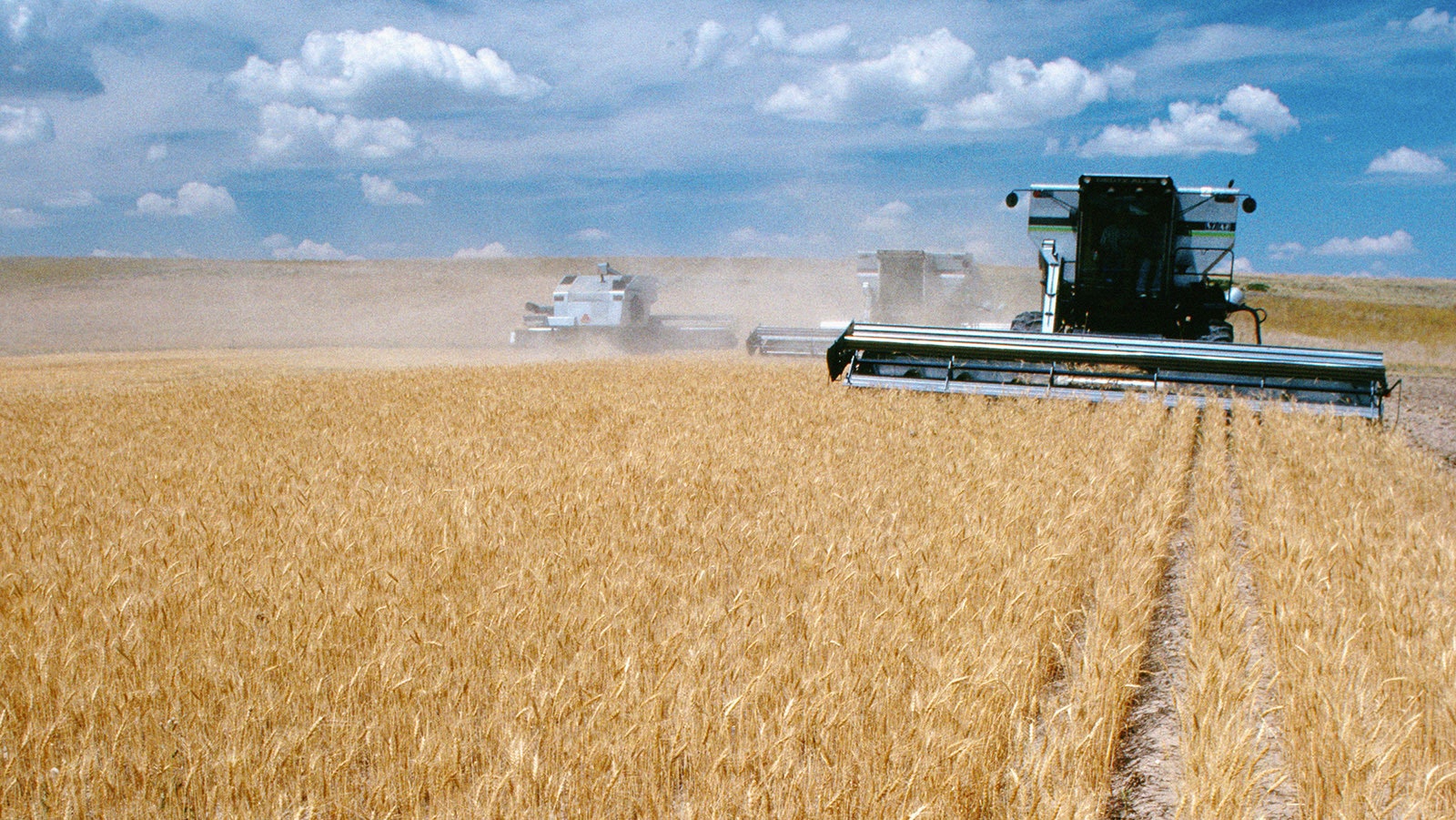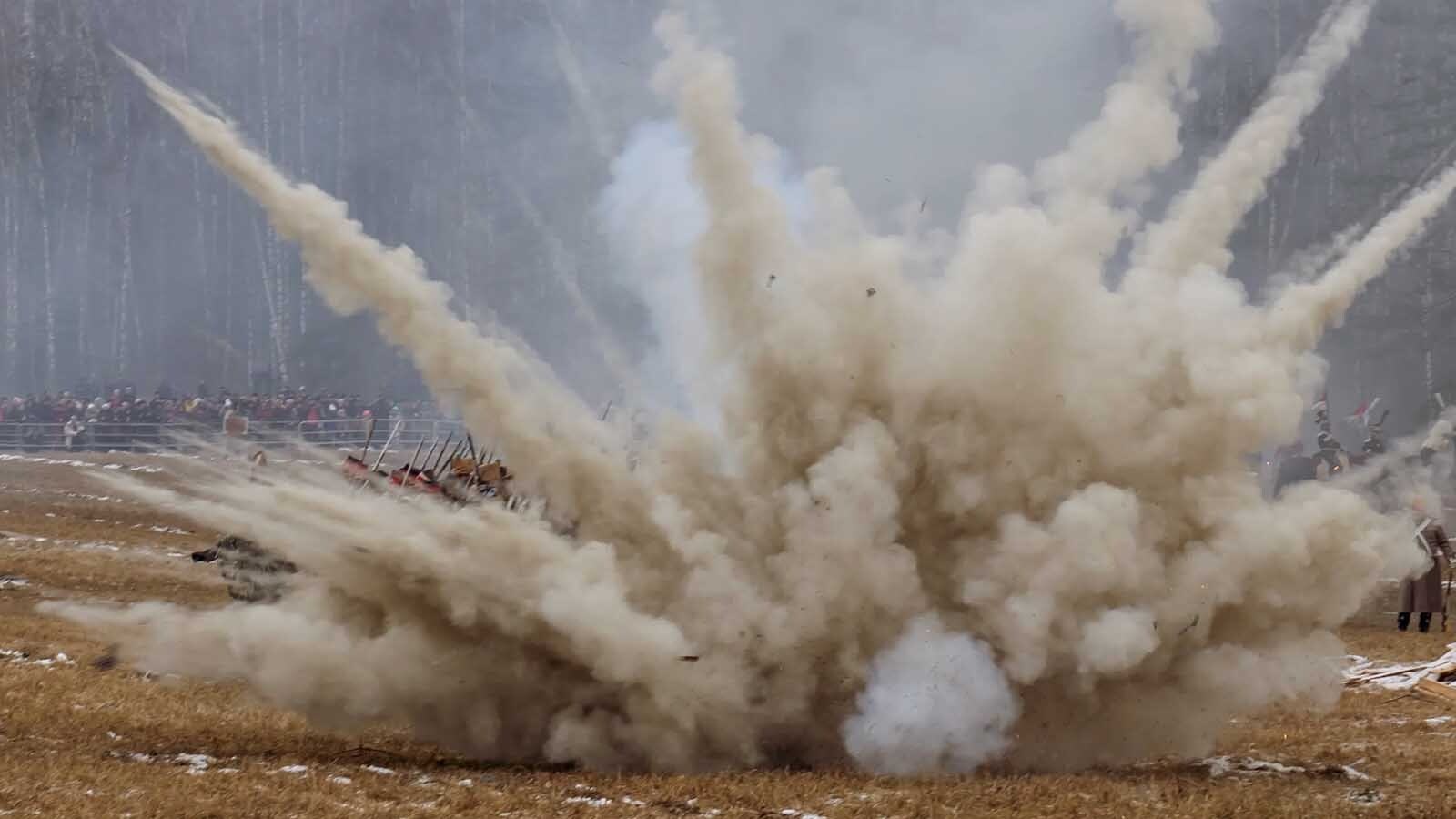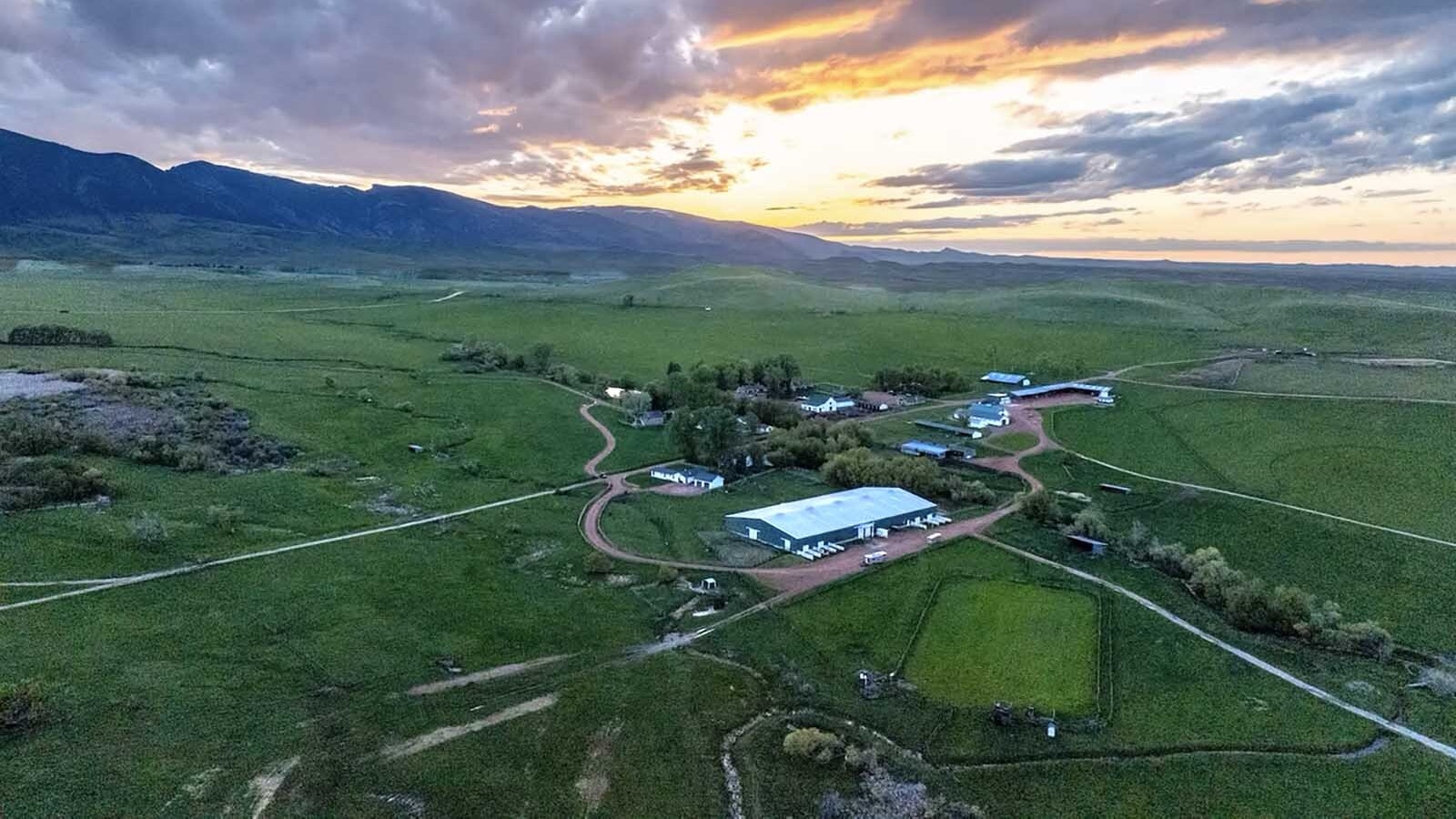The drought conditions over the past year have done a number on wheat crops across the Great Plains, particularly Kansas and Oklahoma.
Wyoming wheat farmers have benefited from a snowy winter and wet spring. If the moisture holds out, they might have a decent year, but good weather is not something farmers typically bet on.
“I’ve always said I would go to Vegas where the odds are better,” said Theron Anderson, chairman of the board of directors for the Wyoming Wheat Marketing Commission.
‘Just A Disaster’
Anderson, a fourth-generation agriculture producer in the Albin area in southeast Wyoming, told Cowboy State Daily the spring rains are helping give his winter wheat crop, which is planted in the fall, a boost. But it was rough going in the planting season.
“We were just so dry and hot last fall stuff didn’t emerge good,” he said.
As a result of that dry fall, Anderson said fields of wheat around the Albin area have “spotty” stands, meaning the crop is thin.
“Every once in a while you’ll see a field that looks pretty good,” Anderson said.
Meanwhile in Texas, Oklahoma and Kansas, fields are being abandoned at a higher rate than usual, according to a bulletin this week from the U.S. Department of Agriculture.
“That’s just a disaster down there,” Anderson said.
Looking Better
Kansas produces around 15% of the total wheat crop in the U.S., whereas Wyoming comes way down at the bottom at less than 1% of U.S. wheat.
Recent estimates in Kansas project a 30 bushel per harvested acre in the state, and Anderson said he heard as low as 27 or 28 bushels per acre in some areas of Kansas. It will be the lowest yield for the state since 2000.
The U.S. wheat yield in 2022 was 46.5 bushels per acre.
Anderson said this year he planted some of the fewest acres of wheat he has ever planted.
Prior to the rains, he said the wheat situation wasn’t looking like a disaster in Wyoming, but it wasn’t promising.
“We weren’t especially going backwards, but we were going to get there pretty quick because it was just too dry,” Anderson said.
Wyoming Has Time
Todd Fornstrom, president of the Wyoming Farm Bureau Federation, also grows wheat in Laramie County, in addition to corn, alfalfa and dry beans.
Fornstrom agrees the wheat is doing better thanks to easing of the drought, but the season isn’t over yet. Wyoming’s season goes later than it does in warmer Kansas, so the rains this spring still have time to benefit.
“Fortunately, our [Wyoming’s] wheat is still young,” Fornstrom said. “Even if it does get wetter in Kansas and Oklahoma, they’re mostly done harvesting. But it’s probably too late where they haven’t harvested for the moisture to do any good.”
Most Wyoming wheat won’t get harvested until early to mid-July, he said.
The Harvest Is Half Full
If the weather doesn’t dry out over the next two months, Fornstrom said he’ll get a good crop.
“It’s very possible to be an optimist. If you’re not an optimist, it’s going to be a little rough farming,” Fornstrom said.
Up in Albin, Anderson said good weather will, at best, make for an average year.
“I think if we get an average crop, most of us will be pretty happy,” Anderson said.
Most of the rain is coming down good, but some of it is coming down as hail, which presents another set of potential problems. Anderson said some of his neighbors have gotten hit pretty hard.
A neighbor “said it looked like it had snowed, there was so much hail,” Anderson said.
The farmer was still assessing the damage to see if it’ll impact the harvest.





